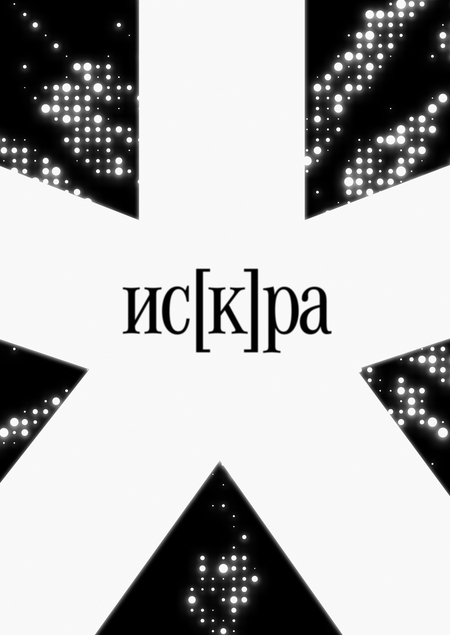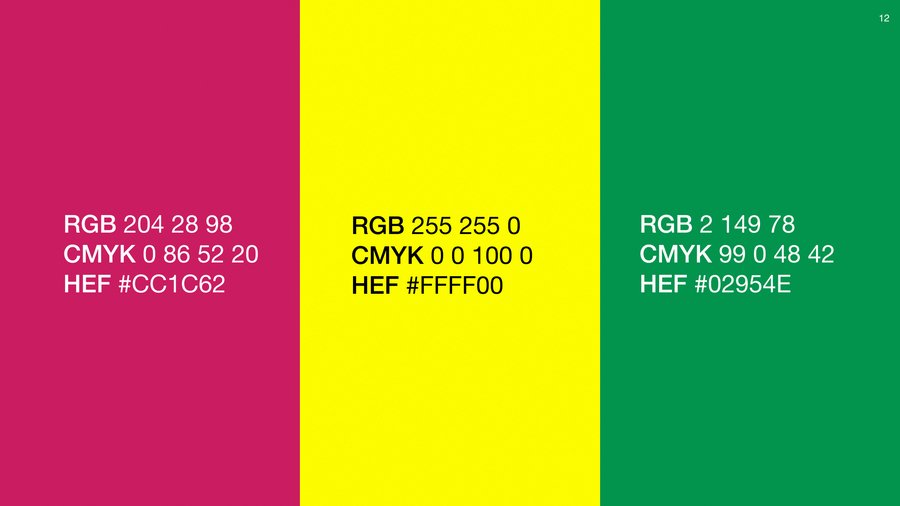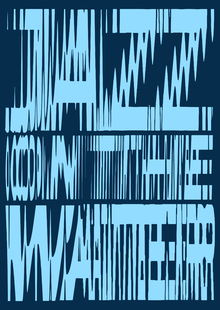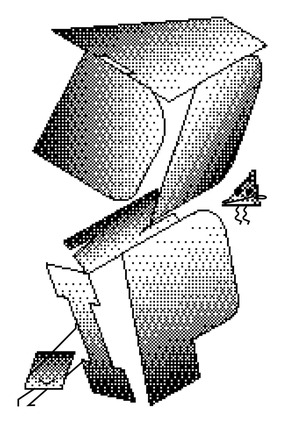
Yc[c]ra is an alzheimer’s aid centre.
It’s a medical center where neuroimplants and neurostimulation restore memories to people with disabilities.
In the course of the work on the project, three identifiers with different concepts were developed.
[Memories as Manual Work]
This version of the identics refers to memorize as as manual labor — neat, collected, made by hands. The palitra is deliberately bright: raspberry, green, and yellow brings back the memories of body and energy, recalling the the colors of everyday life. The main symbol — a chip pattern that is similar to both embroidery and microscheme — connects the idea of «manual» and «chosen». B the main visual language is the contrast of fonts: strict geometry is adjacent to the floating calligraphic lines, connecting cold accuracy with the living heat of the human gesture.


[Memories like embroidery]
In this version of the identics «screams» refers to the nybsp; telephony and sensitive memory to the fact that is stored not in archives, a in skin, views, and jests. The key graphical element is a cross-sight that looks like a embroidery. He’s gonna give you a sense of hand-to-hand touch, and he’s gonna take care of his recovery, like he’s gonna keep his mind neatly stitched up into his body. Crosses are scattered through the body, forming a pattern-tracing, in the x-ray of the past.
[Memories as blooming]
The final identifier is based on machine compute and fragrance: memory is represented as living but archivated. Halftone conveys the idea of fragmented memory collected from tracks and pixels. The light gradients are transformed into sparks — a metaphor for flashbacks of memories born on limits of decay and rebirths.



